From Brazil to Argentina, Peru to Colombia, and Uruguay to Ecuador, South America is home not only to football legends but also to some of the world's largest stadiums. It is on this continent that the first FIFA World Cup was held, with Uruguay at the centre of the spectacle.
In 2030, the FIFA World Cup will return to South America, marking a century since the global tournament was established.
Estadio Centenario, the venue that hosted the 1930 World Cup final, has undergone significant transformation over the years. But is it one of the biggest stadiums in South America today?
For a continent with 12 sovereign countries, the number of stadiums in this region is substantial. It becomes even more exciting when you consider the fact that South America is regarded as the hotbed of world football, consistently producing some of the greatest talents in the sport.
Continue reading to discover which stadiums in South America are the biggest in this list by Football Ground Guide.
The Ten Biggest stadiums in South America
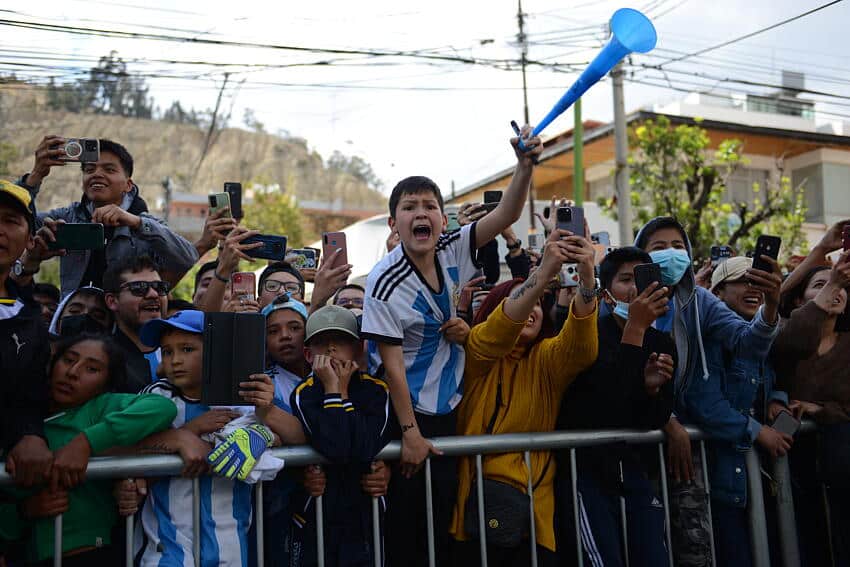
10. Estadio do Arruda
Location: Recife, Brazil
Opened: 1972
Capacity: 60,044
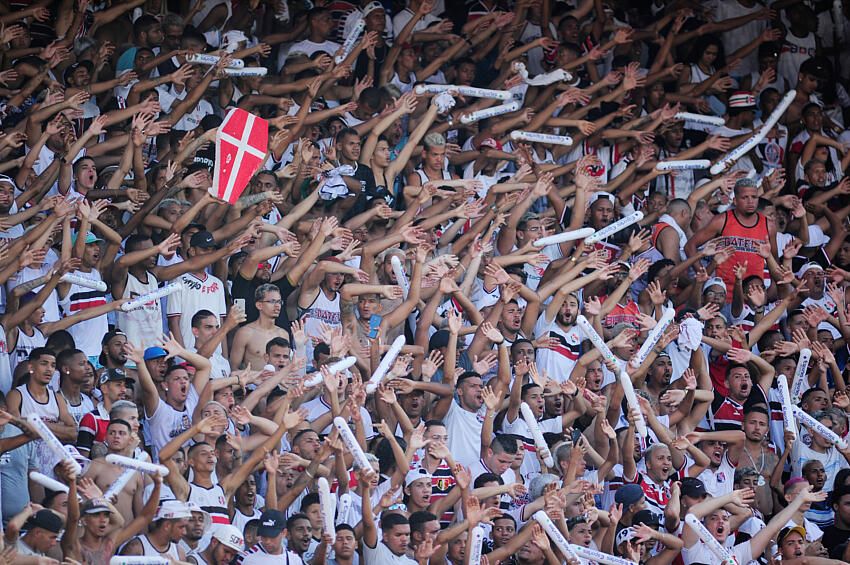
The stadium is officially named Estadio Jose do Rego Maciel, after Recife's mayor from 1952 to 1955. Commonly known as Estadio do Arruda, this multi-purpose venue is primarily used for football and is currently the home ground of the Brazilian team Santa Cruz.
The first match at the stadium took place in 1972, when Santa Cruz competed against Flamengo in a 0-0 draw, and the current record attendance at the ground stands at just over 90,000.
However, the stadium has generally been overlooked when it comes to international football, having only hosted a handful of international matches and being snubbed for the 2014 World Cup hosted in Brazil.
9. Estadio Centenario
Location: Montevideo, Uruguay
Opened: 1930
Capacity: 60,235
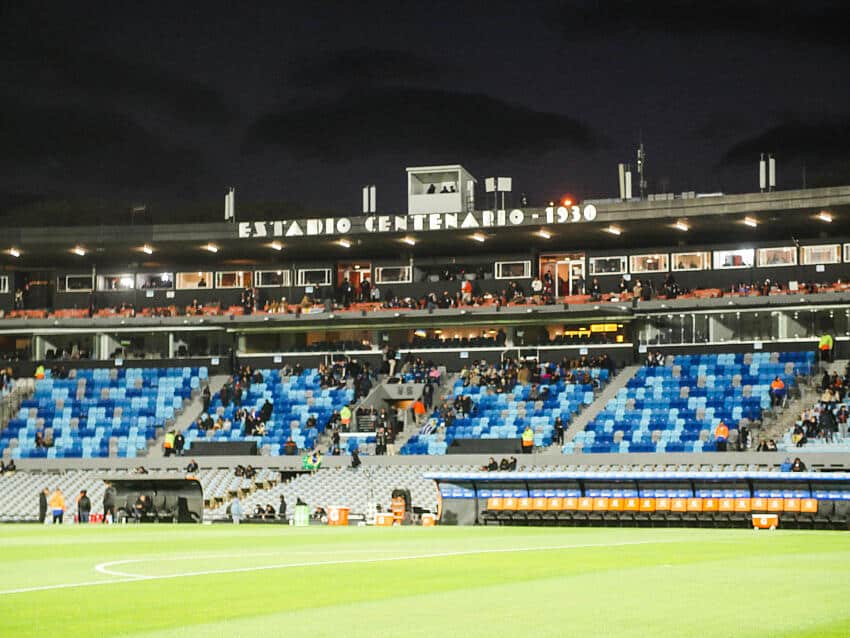
Estadio Centenario is the home of the Uruguay national team and has a record attendance of just under 80,000 people.
It will forever be remembered in the sport of football as it was built specifically for the 1930 FIFA World Cup – the inaugural edition of the competition. Since then, the ground has remained iconic in South American football, hosting multiple Copa America finals as well as finals of the Copa Libertadores and the Copa Sudamericana.
In 2021, it was renovated specifically for the hosting of the latter two competitions listed, at a cost of approximately £4.5 million, which included the installation of an illumination system and a new pitch.
It is also an integral part of Uruguay's bid to host the 2030 World Cup, which will take place across several countries and continents.
8. Estadio de la UNSA
Location: Arequipa, Peru
Opened: 1993
Capacity: 60,370
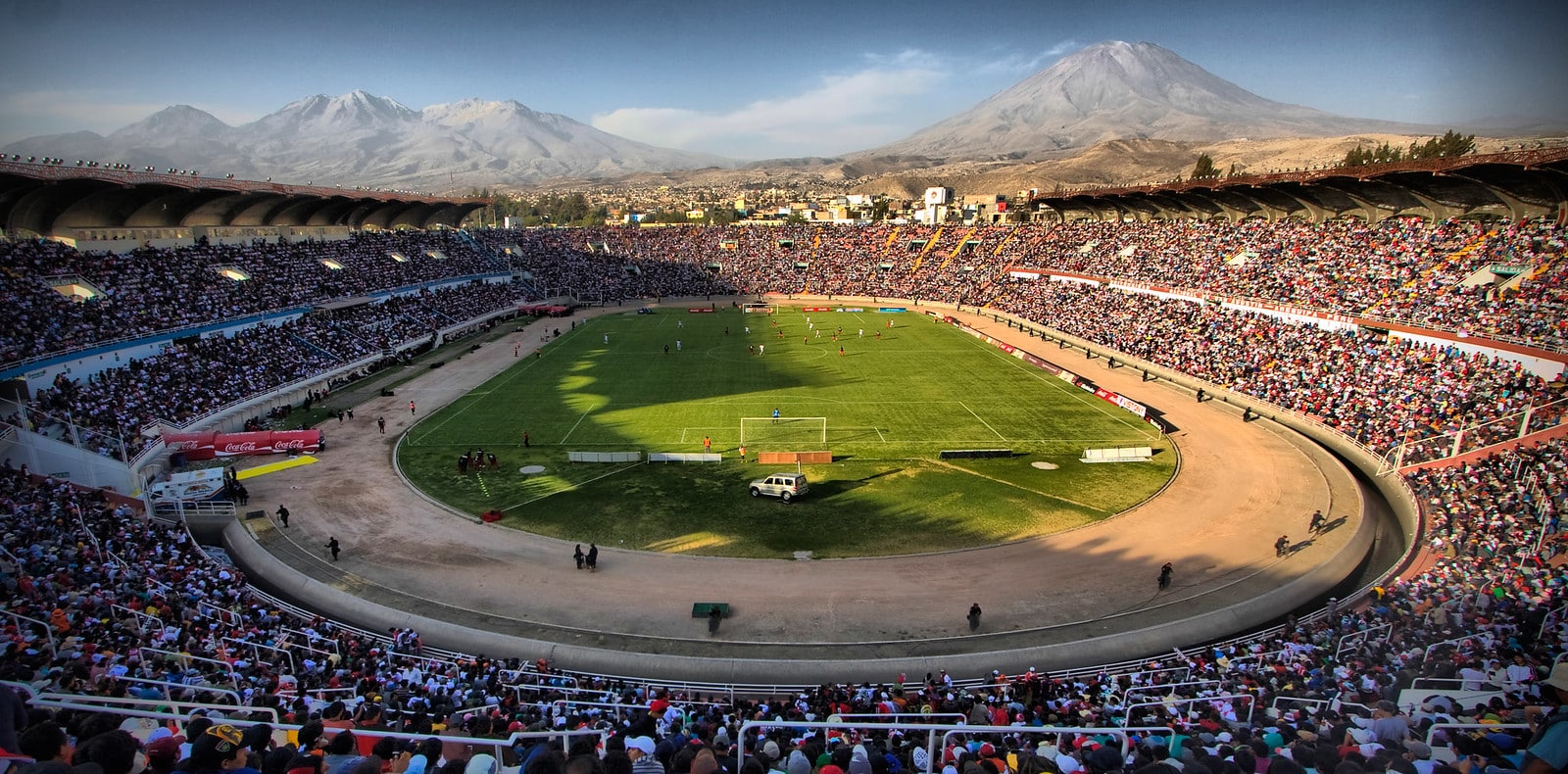
The Estadio de la UNSA is a multi-purpose stadium designed to host both athletic events and football matches. It was constructed by the University of San Agustin and primarily financed through a fundraiser organised by the university's lottery. With a seating capacity of just over 60,000, it is the second-largest football stadium in Peru.
It has played an important role in South American football, hosting the first four group-stage matches in Group C of the 2004 Copa America, as well as the final of the 2003 Sudamericana final between Peruvian side Cienciano and River Plate. Partially as a result of the intimidating atmosphere conjured up inside the stadium on that day, local side Cienciano secured an unlikely 1-0 victory.
7. Arena do Gremio
Location: Porto Alegre, Brazil
Opened: 2012
Capacity: 60,540er
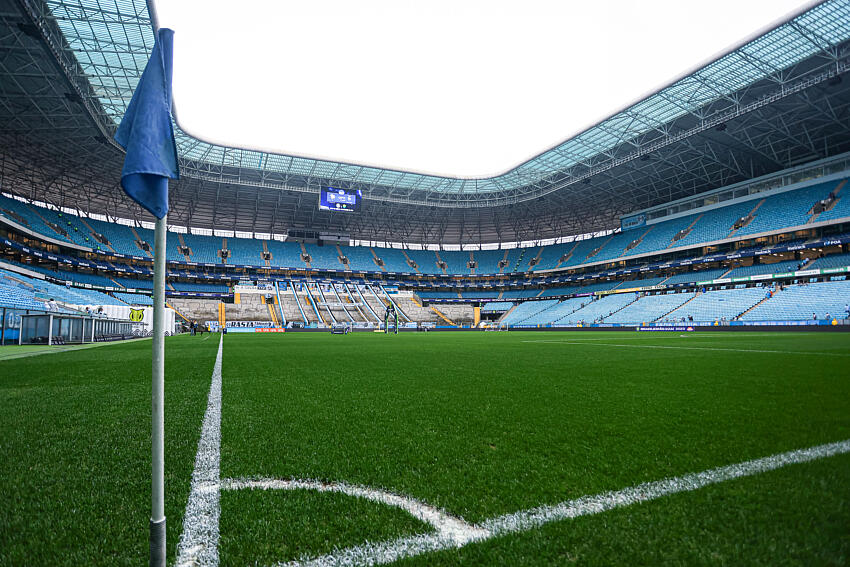
The Arena do Gremio, home to the Brazilian football club Gremio, is one of the most modern stadiums on this list, officially opening in 2012. The construction of the stadium cost approximately £163 million, and it is designed to accommodate a variety of sports.
Impressively, the stadium received the highest ratings in all categories from the Brazilian Ministry of Sports and was classified as a Category 4 stadium by UEFA. However, despite its sleek modern appearance and positive evaluations, the Arena do Gremio was not used as a venue during the 2014 World Cup held in Brazil. Nevertheless, it was selected as a venue for the 2019 Copa América, where it hosted a total of five matches.
Designed for multi-use purposes, the stadium features a conference and congress centre, a hotel, a shopping mall, residential housing, condominiums, and ample parking facilities.
6. Estadio Governador Magalhaes Pinto
Location: Belo Horizonte, Brazil
Capacity: 66, 658
Opened: 1965
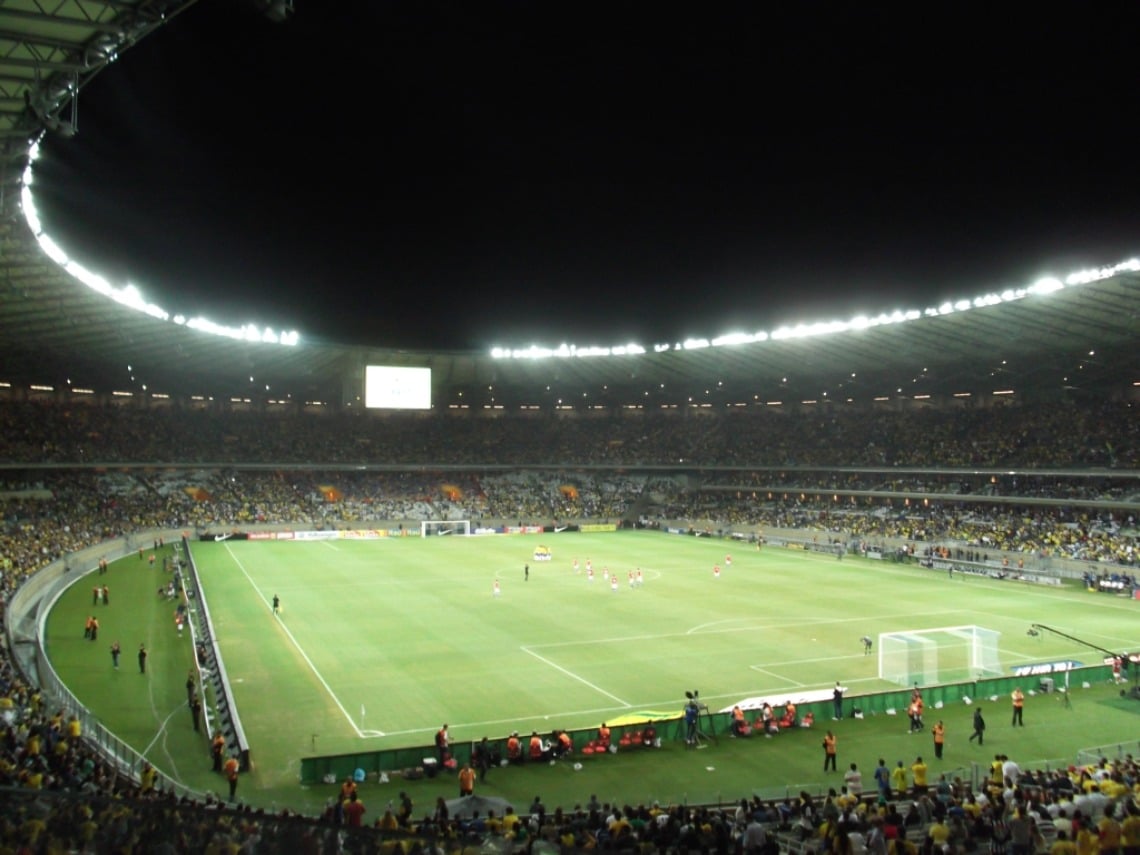
The Estadio Governador Magalhaes Pinto, commonly known as Mineirao, is the largest football stadium in its state and one of the biggest stadiums in South America. It serves as the home of the Brazilian football club Cruzeiro.
Primarily used for club football, Mineirão also has a notable history in international competitions. It was a venue for the 2013 Confederations Cup and the 2014 World Cup, and it hosted several matches during the 2016 Summer Olympics.
The stadium's record attendance reached an impressive 132,000 during the 1997 Campeonato Mineiro final, a match in which Cruzeiro participated.
Opened in 1965, the original construction of the stadium cost approximately £7.86 million. Mineirão has undergone renovations three times since its opening, with the most recent update completed in December 2012.
5. Estadio Cicero Pompeu de Toledo
Location: Sao Paulo, Brazil
Opened: 1960
Capacity: 66,795

Estadio Cicero Pompeu de Toledo, also known as Estadio do Morumbi or MorumBIS, has been the home of Brazilian giants Sao Paulo ever since the ground opened in 1960. Mostly known as Morumbi, the ground's official name pays homage to the Chairman of the club who oversaw the majority of its original construction.
At one point, the stadium had an official capacity of approximately 150,000, but its capacity has been reduced twice since then, first to 72,000 and then to 66,795, due to health and safety concerns. Its record attendance stands at just over 146,000 people, set in 1977 during a game between Ponte Preta and Corinthians.
Overlooked for the 2014 World Cup due to concerns regarding its financial security amid a need for renovation ahead of the tournament, the stadium was finally selected as a venue in the 2019 Copa America, hosting the opening match, where Brazil secured a 3-0 victory over Bolivia.
4. Estadio Nacional Mane Garrincha
Location: Brasilia, Brazil
Opened: 1974
Capacity: 69,000

Estadio Nacional Mane Garrincha, also known as Estadio Nacional de Brasilia as well as simply Mane Garrincha, is one of several buildings which complete Brasilia's Ayrton Senna Sports Complex and is currently privately owned. Unsurprisingly, the ground was named after Brazilian legend Garrincha, who won two World Cups with the national team.
In 2013, the stadium underwent renovation after being selected as a venue in both the 2013 Confederations Cup and the 2014 World Cup – a project which cost a staggering £700 million, making it one of the most expensive stadiums in world football.
Ever since the renovation, the stadium has been an integral part of international football in South America. It was also used as a venue for the 2016 Summer Olympics and the 2021 Copa America tournament as well.
3. Maracana Stadium
Location: Rio de Janeiro
Opened: 1950
Capacity: 78,838

Officially named Estadio Journalista Mario Filho, the Maracana Stadium is part of a wider complex known as ‘Little Maracana' and is currently owned by the government. It is the home of both Fluminense and Flamengo and one of the biggest stadiums in South America.
The ground was purpose-built to host the 1950 World Cup final, a game in which not only did Brazil sadly lose, but also the record attendance for the Maracana was set, with reports suggesting that up to 200,000 people made their way into the stadium as spectators for the match.
The stadium played host to the World Cup final again, 64 years later, in 2014. This time, the stadium was all-seated, and a mere 74,738 showed up, which, although impressive, is almost a third of the number that turned out in 1950 to put things into perspective.
Although famous for hosting World Cup finals, the Maracana has also hosted multiple Copa America tournaments and the 2016 Summer Olympics. The opening ceremony for the Games was held at the stadium, in one of the most important cultural moments in Brazilian history.
However, the ground quickly fell into disrepair after the 2016 Olympics, with reports showcasing an abandoned pitch within a vandalised stadium. Riddled with debt, the stadium is no longer as notorious as it once was, but its legacy is undeniable.
2. Estadio Monumental
Location: Lima, Peru
Opened: 2000
Capacity: 80,000

Formerly the largest stadium in South America, Estadio Monumental is the home of Peruvian side Club Universitario de Deportes.
However, despite its size and relative stature compared to other stadiums, the ground has failed to make an impact on the international stage. Estadio Monumental was overlooked for the 2004 Copa America and, as a result, has been mostly reduced to hosting domestic fixtures. However, the ground was selected to host the 2019 Copa Libertadores final, arguably the most notable match to take place at the stadium.
While it has been influential in Peruvian football, regularly used by the national team and hosting domestic cup finals, it has certainly failed to reach its full potential so far. However, it remains one of the biggest stadiums in South America.
1. Estadio Mas Monumental
Location: Buenos Aires, Argentina
Opened: 1938
Capacity: 84,567

Home to both Argentine giants River Plate and the Argentina national side, the Estadio Monumental has recently undergone redevelopment, costing approximately £31 million. This resulted in a significant capacity increase for the stadium, making it the largest football stadium in all of South America.
The stadium has a rich history that complements its enormous size. So far, it has hosted four Copa America finals, the most recent being in 2011. Additionally, it was the venue for the 1978 World Cup final, where Argentina triumphed over the Netherlands.
The Estadio Mas Monumental is also set to host one of the opening games of the 2030 FIFA World Cup. Although the tournament will mainly take place in Morocco, Spain, and Portugal, FIFA has scheduled three games to be played in Chile, Uruguay, and Argentina to celebrate the 100th anniversary of the first-ever World Cup held in 1930.
Beyond football, this iconic stadium has also hosted athletics events of the first Pan American Games, as well as various music concerts. Its record attendance for a football match is believed to be around 100,000, achieved during a game between River Plate and Racing Club nearly 50 years ago in 1975.

